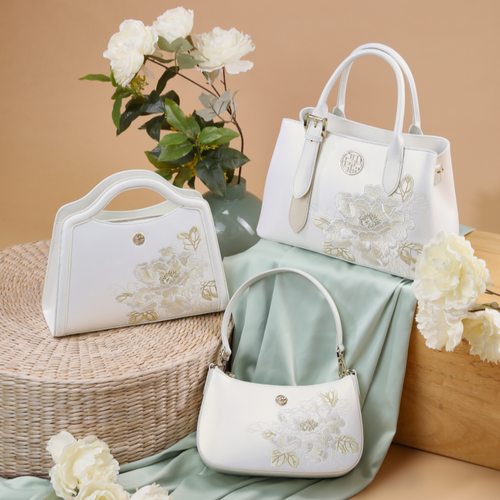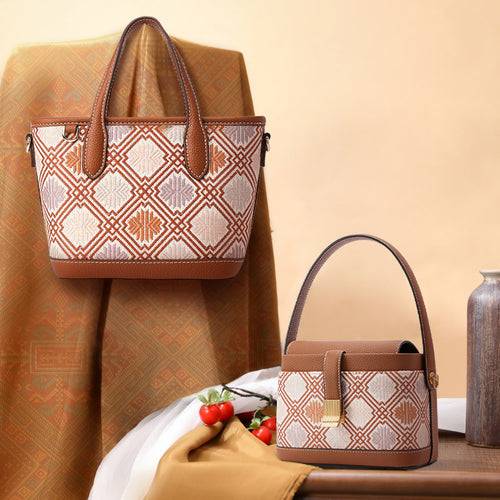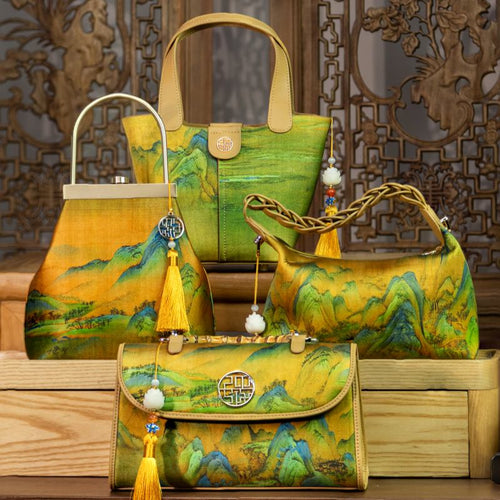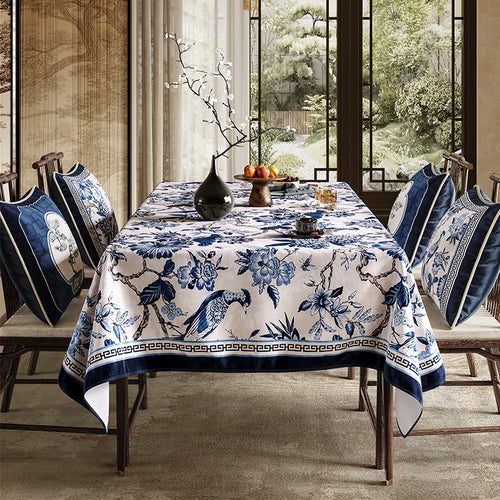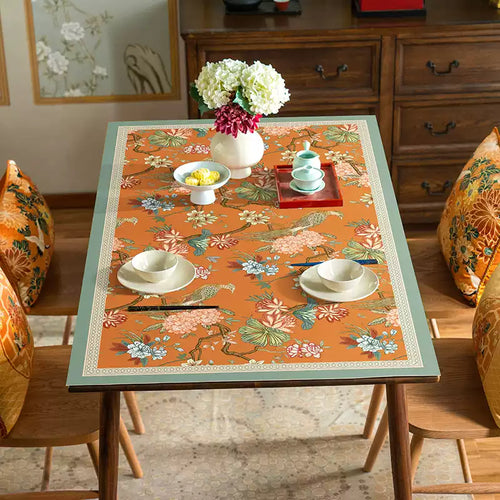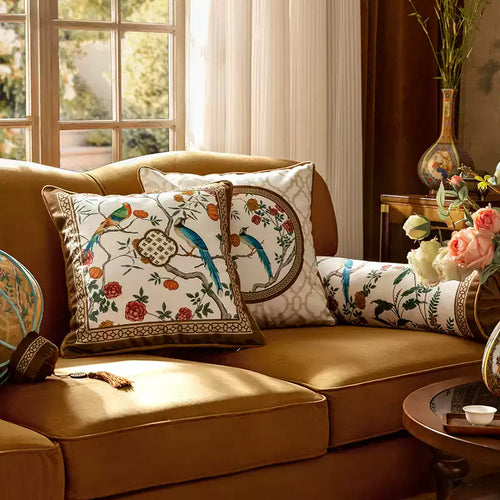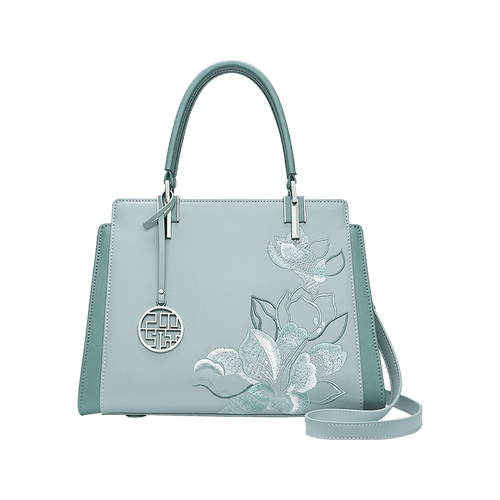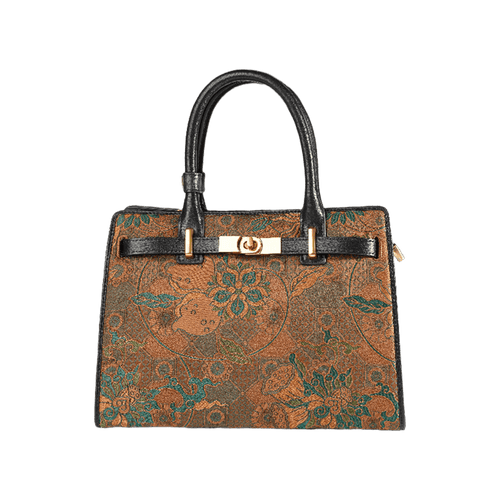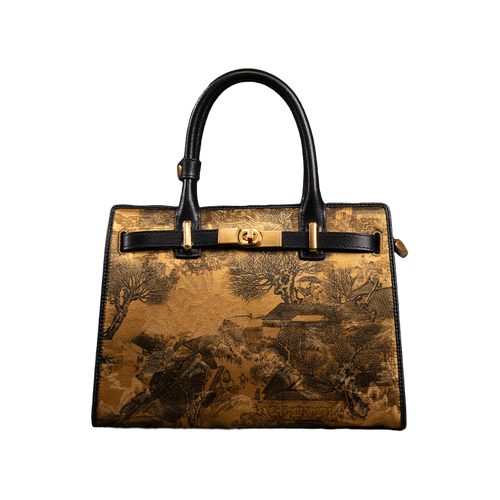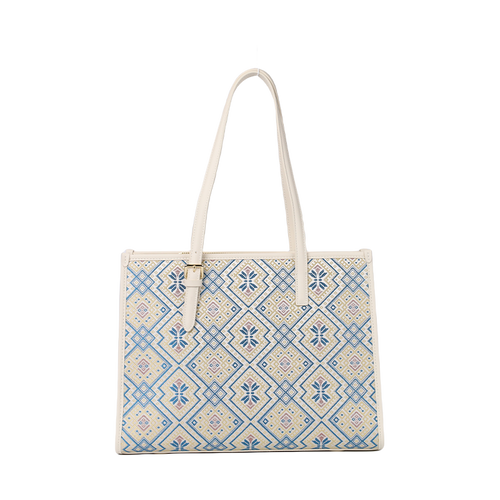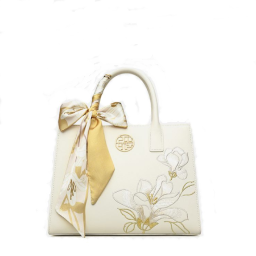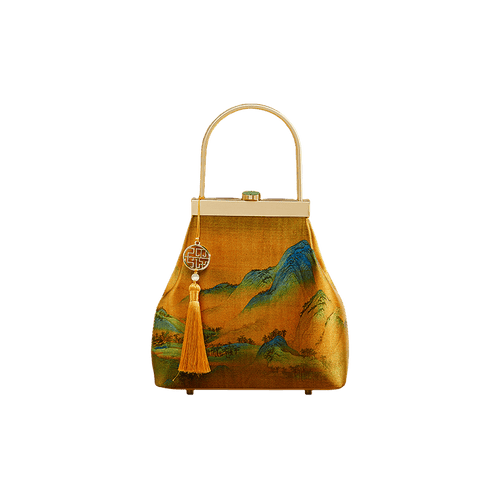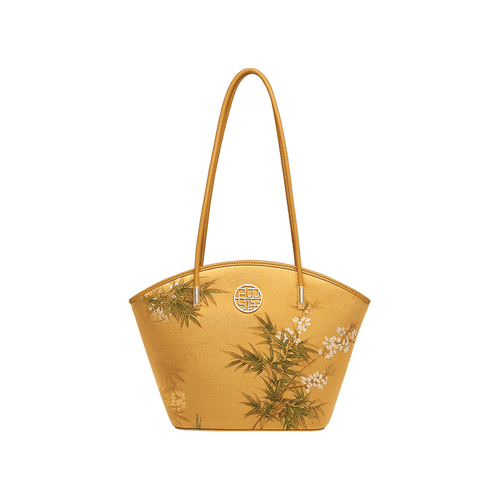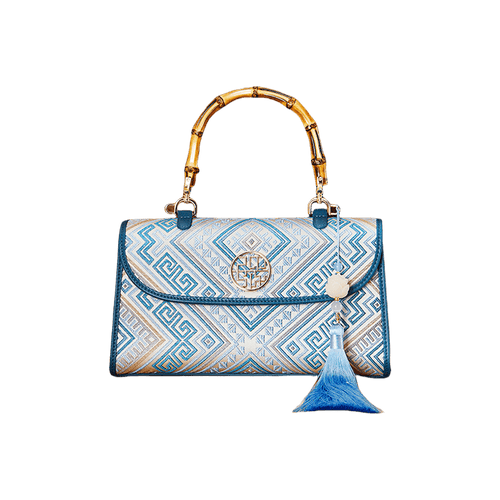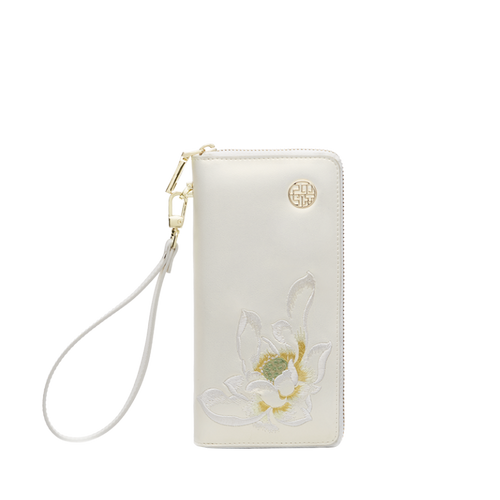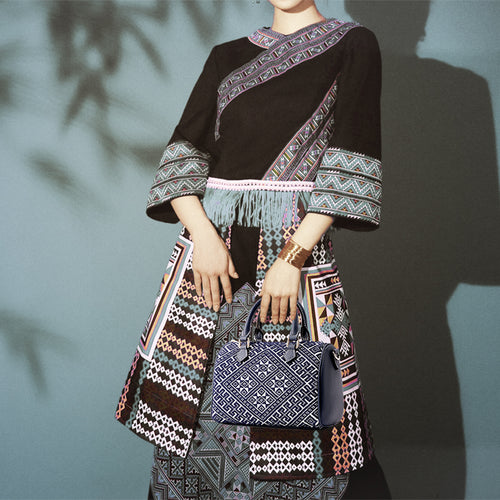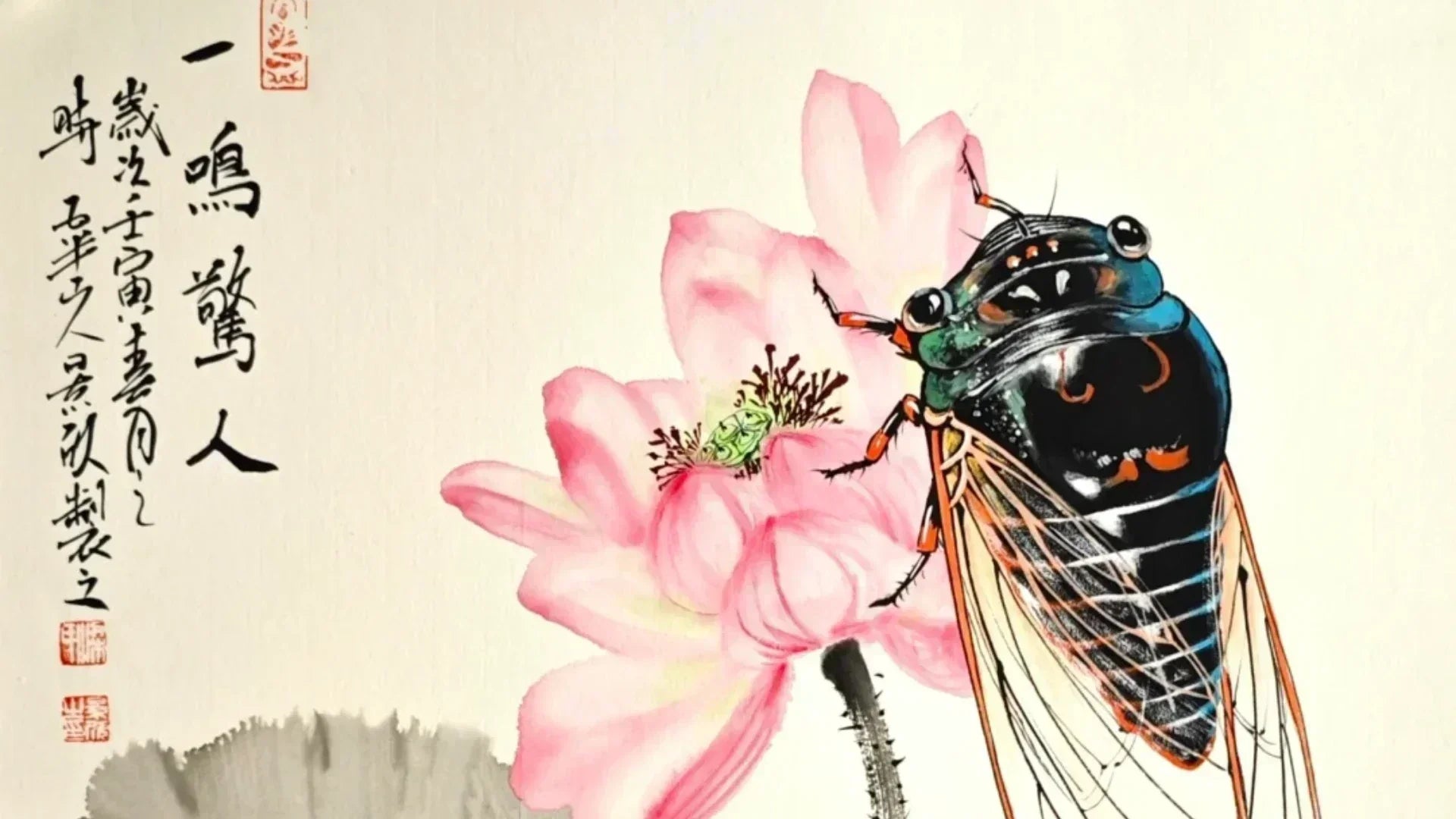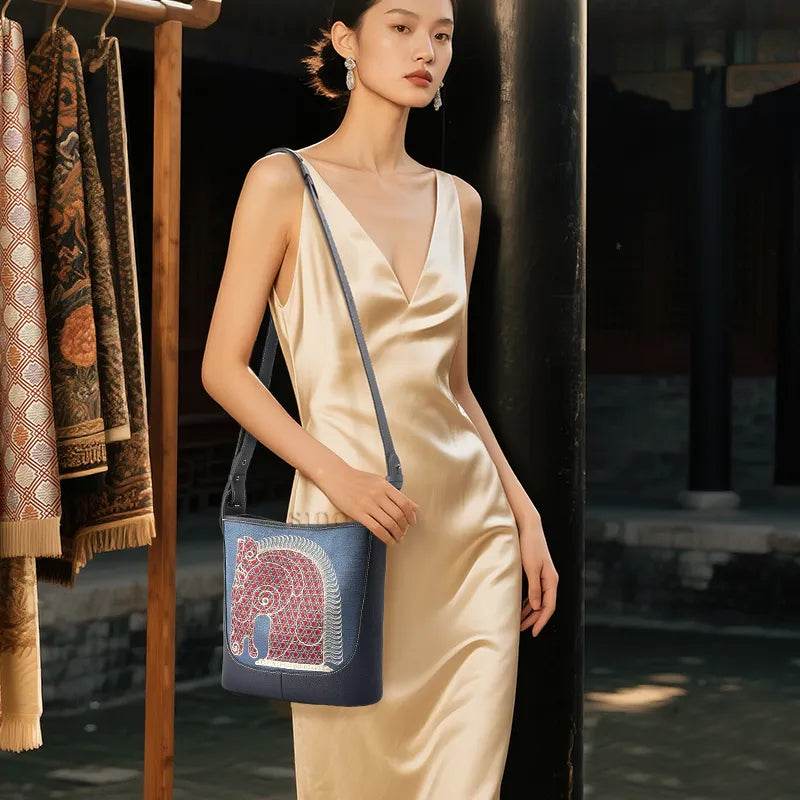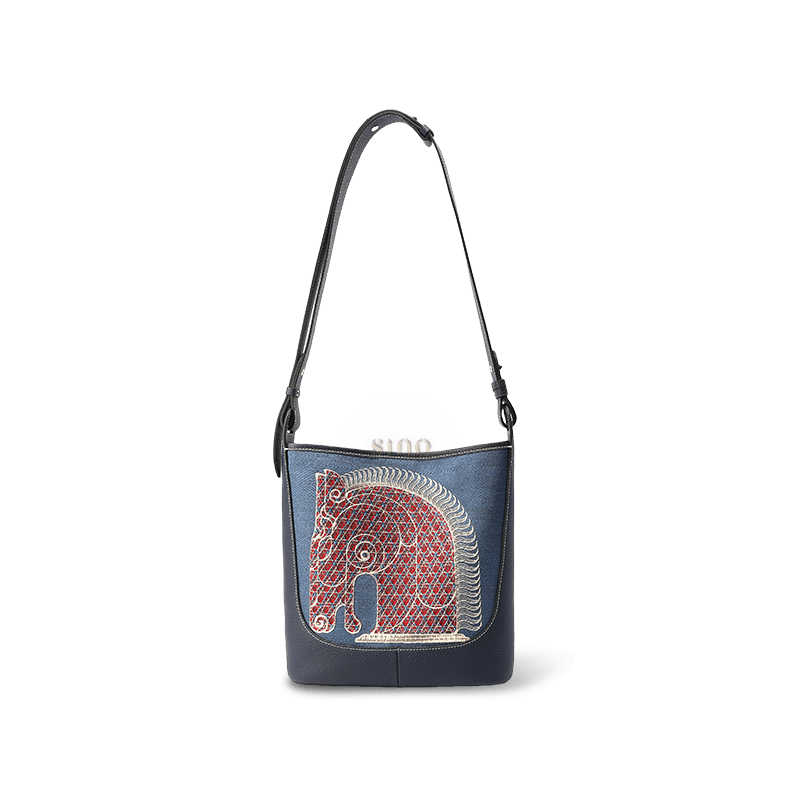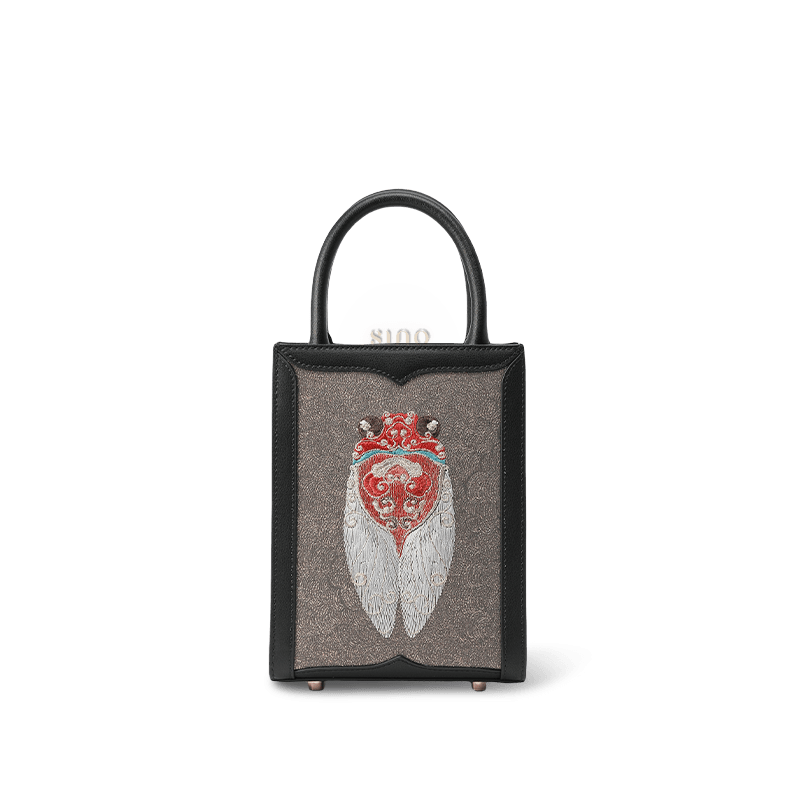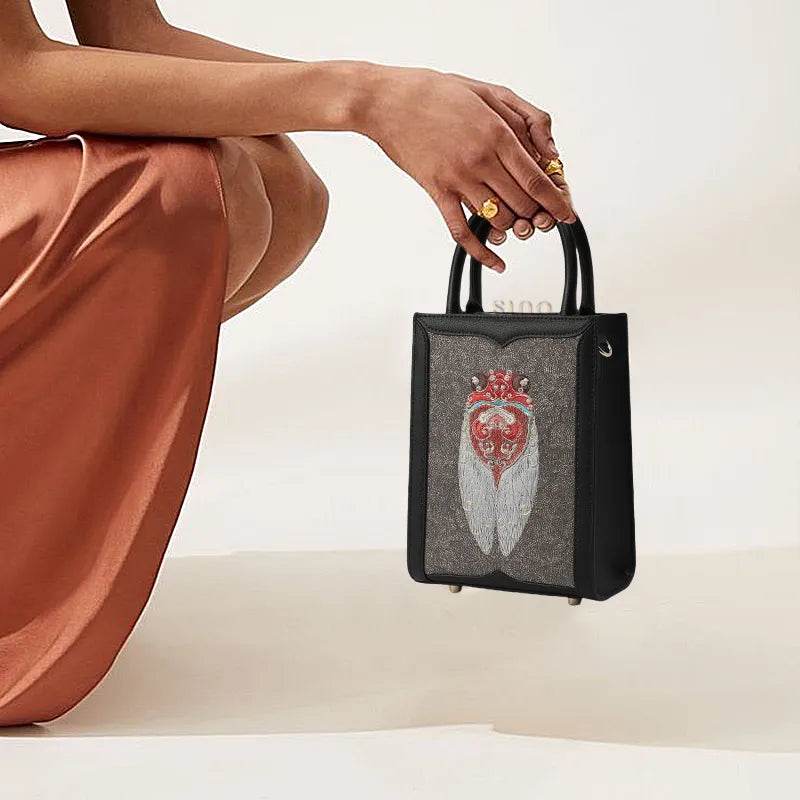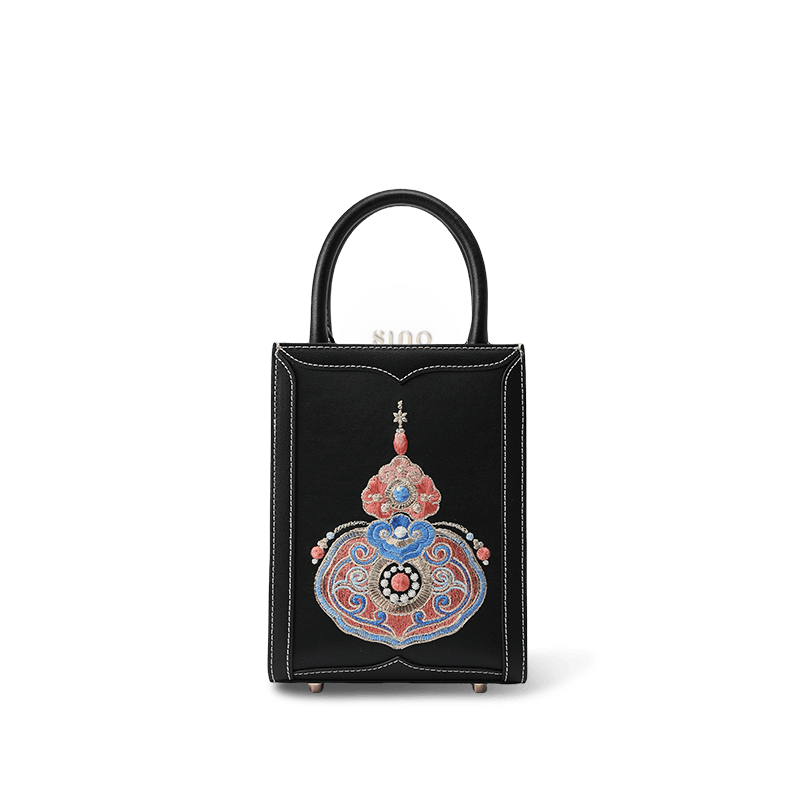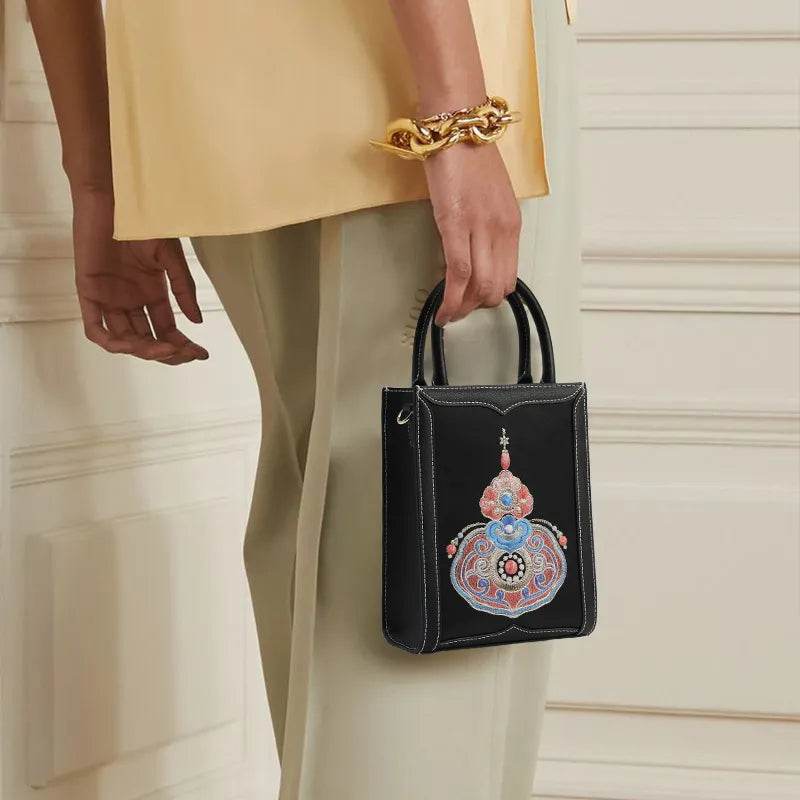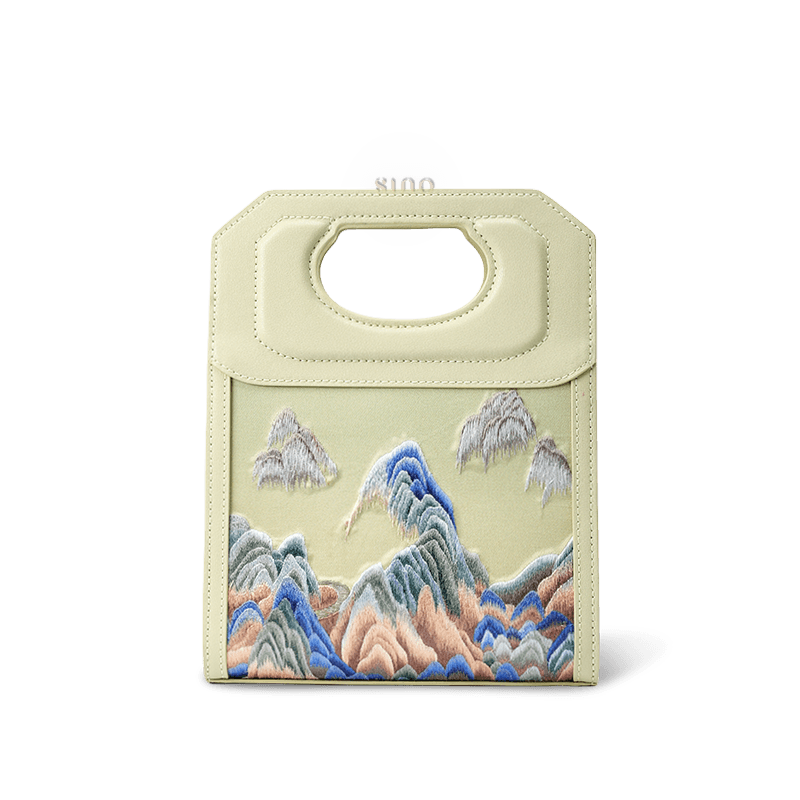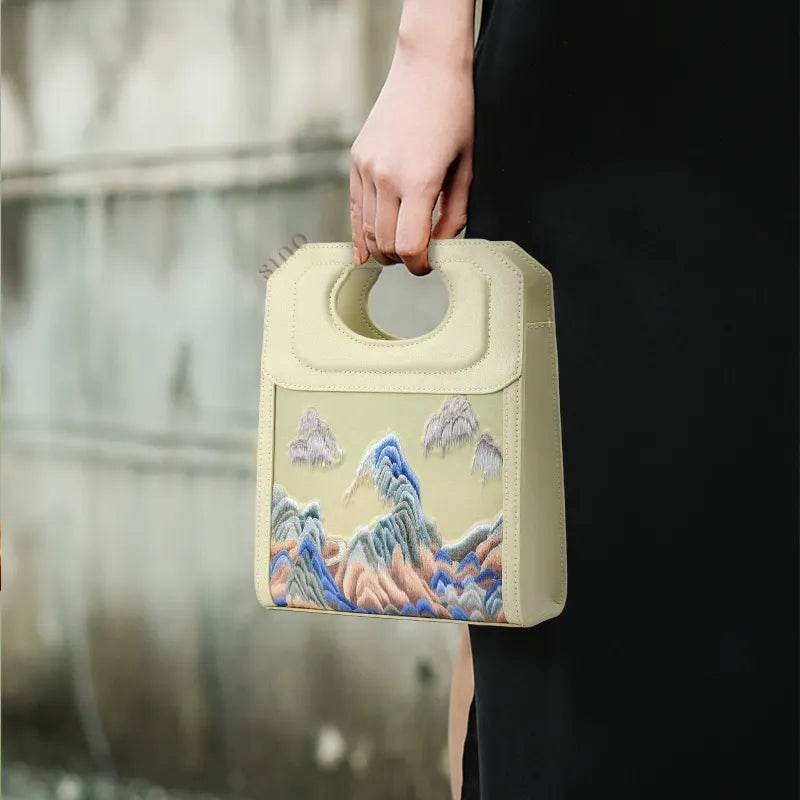According to the Records of the Grand Historian, horses were used as transportation during Emperor Yap's reign. Archaeological evidence shows horse culture began as early as the Sang Dynasty, with the Jinx Museum in Anyone, Henan, housing the earliest horse remains. Oracle bones from this time depict the character 'horse' as a fine steed.
In the Chou Dynasty, horse worship was established, with ceremonies honoring horses as deities. The government even set up official roles to manage horses, from grazing to breeding, forming a complete system of horse care.
Horses played crucial roles in warfare, transportation, rituals, agriculture, and sports. Over time, they became symbols of status, power, and cultural significance, featured in family surnames, art, literature, and the zodiac. Representing luck, ambition, and energy, horses have been celebrated for over 3,000 years in Chinese culture. Join Sinocultural as we explore this fascinating legacy!

The Meaning of Horses in Chinese Culture
- Power & Prosperity:In Chinese tradition, horses are often seen as symbols of resilience, and boundless energy. A galloping horse, with hooves off the ground and tail flowing, captures this sense of power and freedom. It represents the longing for independence and the pursuit of freedom, encouraging people to break free from limitations, stay ambitious, and move forward with determination toward a prosperous future.

- Loyalty & Friendship:In Chinese culture, horses are symbols of loyalty and a deep connection with humans. This devotion is reflected in history, like with Guano Yuk's warhorse, Chitu, who remained steadfastly loyal to his master. In poetry, such as Du Fu’s The Sick Horse, we see a heartfelt appreciation for an old steed’s gentle nature through years of hardship. It’s not just about speed or status—the horse’s unwavering loyalty is what truly secures its heroic place in Chinese tradition.

- Freedom & Wildness:In Chinese tradition, horses are admired for their wild spirit and desire for freedom. This is why myths like the Dragon Horse have been passed down through generations, symbolizing strength and grace. Horses also feature as one of the 12 animals in the Chinese zodiac, embodying qualities like loyalty and vitality. Due to this deep reverence, ancient ancestors even took 'horse' as a surname to honor their connection to these magnificent creatures. A famous example is the Ma surname, which literally means 'horse' in Chinese, often passed down through families who held horses in high regard.
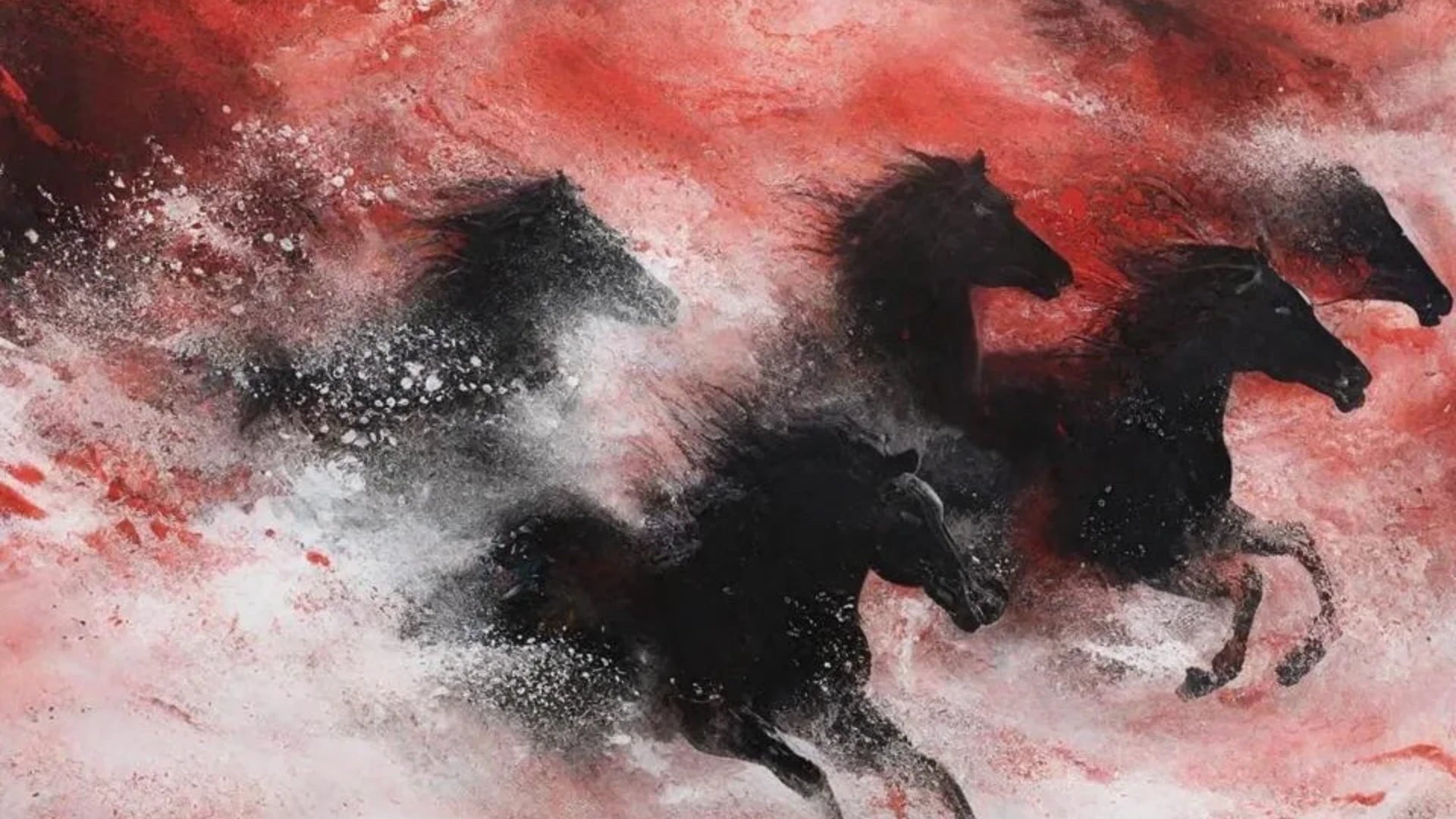
Idioms About Horses in Chinese: A Linguistic Evolution
-
马到成功 (mǎ dào chéng gōng): Instant success the moment the horse arrives!
- Explain the meaning:Originally, it referred to a battle horse arriving and ensuring victory. In everyday use, it describes something going smoothly and succeeding quickly.

-
一马当先 (yī mǎ dāng xiān): Charging ahead like a lone stallion!
- Explain the meaning:It originally referred to charging ahead in battle on horseback. Now, it means leading the way or taking the initiative, especially in work, by being ahead of the crowd.

-
龙马精神(Lóng mǎ Jīng shén):Unstoppable Vigor!
- Explain the meaning:Like the spirited Dragon Horse in ancient myths, it’s used to describe someone’s strong, energetic drive and determination to move forward.

Galloping Through Art: Chinese Art Featuring Horses
-
Sculpture Showstoppers
- Terracotta Army Horses (Qin Dynasty, 221–206 BC)
Life-sized clay horses buried with China’s first emperor, each with unique facial expressions and detailed gear. They were meant to guard him in the afterlife. Discovered in Xi’an, these horses show incredible realism.
- Bronze Galloping Horse (Han Dynasty, 2nd c. AD)
Also known as the 'Flying Horse of Gansu,' this sculpture captures a horse mid-gallop with one hoof on a swallow, symbolizing speed so fast it outruns the wind. It’s now a symbol of China‘s cultural.
- Terracotta Army Horses (Qin Dynasty, 221–206 BC)
-
Paintings That Gallop Off the Page:
- Han Gan’s Night-Shining White (Tang Dynasty, 8th c.)
This bold ink sketch of Emperor Xuanzong’s favorite stallion shows it tied to a post, muscles tensed as if ready to bolt—pure Tang Dynasty swagger.
- Li Gonglin’s Pasturing Imperial Horses (Song Dynasty, 11th c.)
A massive 30-foot scroll featuring 1,286 horses—grazing, racing, napping—each less than 4cm but full of personality. This piece is a copy of a lost Tang Dynasty masterpiece.
- Xu Beihong’s Galloping Horses (Modern, 20th c.)
These dynamic ink horses capture China’s fighting spirit during the war with Japan. With wind-swept manes and urgent brushstrokes, they radiate freedom and strength.
- Han Gan’s Night-Shining White (Tang Dynasty, 8th c.)
-
Literary Legends:
- Red Hare in Romance of the Three Kingdoms (Ming Dynasty novel)
Lu Bu’s fiery steed, later loyal to General Guan Yu. When Guan died, this legendary horse starved itself to follow him.
- Li He’s Horse Poems (Tang Dynasty, 8th c.)
Odes to the Ferghana horses—'Four hooves light as if born of the wind'—celebrating their heavenly speed and grace.
- Red Hare in Romance of the Three Kingdoms (Ming Dynasty novel)
From Ancient Gallops to Modern Bags: Reinventing the Horse
Hey culture lovers! Ever wanted to carry a piece of Chinese legend with you? That’s what inspired our Chinoiserie Crossbody Bag—featuring silk-embroidered stallions that aren’t just decoration, but symbols of unstoppable ambition.
- Why Horses? More Than Just a Beautiful Design:In Chinese tradition, horses scream "Mǎ Dào Chéng Gōng" (Instant Success the moment the horse arrives!) . They’re the OG hustle icons—think war steeds charging through dynasties or celestial "dragon-horses" guarding heroes . We didn’t just stitch horses; we hand-embroidered guardians onto buttery cow leather, so you literally carry 3,000 years of winning energy.
-
The Craft: Where Heritage Meets Your Commute:
- Satin Stitch Magic: Every thread is carefully laid with reinforced satin stitch—just like the imperial embroiderers used to make horses come alive with movement. No cheap prints here—this is museum-quality artistry made for city life.
- Leather That Ages Like Wisdom: Full-grain cowhide develops a unique patina over time, just like the saddlebags on the Silk Road that gained character with every journey.
- Your Daily Power Move:Slip in your phone, lipstick, and big dreams. With 26x10x24cm of organized ambition, it fits:→ Phone | Power bank | Cards.
Conclusion
So, horses aren’t just ancient symbols. They’re rockets of ambition, loyal companions, and wild spirits that shaped China’s soul. And that Chinoiserie Crossbody Bag? Think of it as your modern-day steed: hand-stitched with silk guardians and charged with 3,000 years of energy.
At Sinocultural, horses don’t just ‘run.’ They’ve carried dynasties to victory and outrun storms. Now, they’re here to power your hustle.
Ready to ride into your next win?
Carry the Legacy →
